The main purpose of this study is to evaluate the efficacy and safety of M281 in participants with warm autoimmune hemolytic anemia (wAIHA).
- Investigator
- Anita Rajasekhar
- Status
- Accepting Candidates
- Ages
- 18 Years - N/A
- Sexes
- All
Update your location to show providers, locations, and services closest to you.
Anemia is a condition in which the body does not have enough healthy red blood cells. Red blood cells provide oxygen to body tissues.
Normally, red blood cells last for about 120 days in the body. In hemolytic anemia, red blood cells in the blood are destroyed earlier than normal.
Anemia - hemolytic
The bone marrow is mostly responsible for making new red cells. Bone marrow is the soft tissue in the center of bones that helps form all blood cells.
Hemolytic anemia occurs when the bone marrow isn't making enough red cells to replace the ones that are being destroyed.
There are several possible causes of hemolytic anemia. Red blood cells may be destroyed due to:
You may not have symptoms if the anemia is mild. If the problem develops slowly, the first symptoms may be:
If the anemia gets worse, symptoms may include:
A test called a complete blood count (CBC) can help diagnose anemia and offer some hints to the type and cause of the problem. Important parts of the CBC include red blood cell count (RBC), hemoglobin, and hematocrit (HCT).
These tests can identify the type of hemolytic anemia:
Treatment depends on the type and cause of the hemolytic anemia:
In rare cases, surgery is needed to take out the spleen. This is because the spleen acts as a filter that removes abnormal cells from the blood.
Outcome depends on the type and cause of hemolytic anemia. Severe anemia can make heart disease, lung disease, or cerebrovascular disease worse.
Contact your health care provider if you develop symptoms of hemolytic anemia.
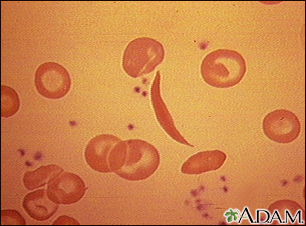
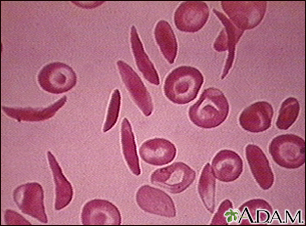
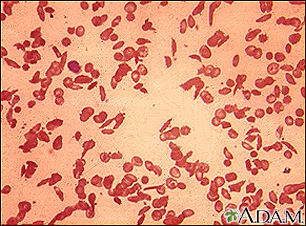
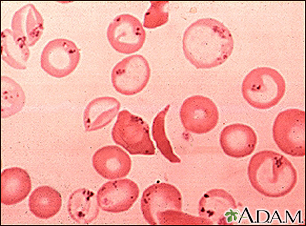
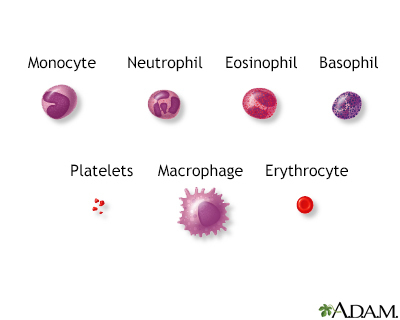
Brodsky RA. Paroxysmal nocturnal hemoglobinuria. In: Hoffman R, Benz EJ, Silberstein LE, et al, eds. Hematology: Basic Principles and Practice. 7th ed. Philadelphia, PA: Elsevier; 2018:chap 31.
Gallagher PG. Hemolytic anemias: red blood cell membrane and metabolic defects. In: Goldman L, Schafer AI, eds. Goldman-Cecil Medicine. 26th ed. Philadelphia, PA: Elsevier; 2020:chap 152.
Kumar V, Abbas AK, Aster JC. Hematopoietic and lymphoid systems. In: Kumar V, Abbas AK, Aster JC, eds. Robbins Basic Pathology. 10th ed. Philadelphia, PA: Elsevier; 2018:chap 12.
UF Health research scientists make medicine better every day. They discover new ways to help people by running clinical trials. When you join a clinical trial, you can get advanced medical care. Sometimes years before it's available everywhere. You can also help make medicine better for everyone else. If you'd like to learn more about clinical trials, visit our clinical trials page. Or click one of the links below:
The main purpose of this study is to evaluate the efficacy and safety of M281 in participants with warm autoimmune hemolytic anemia (wAIHA).